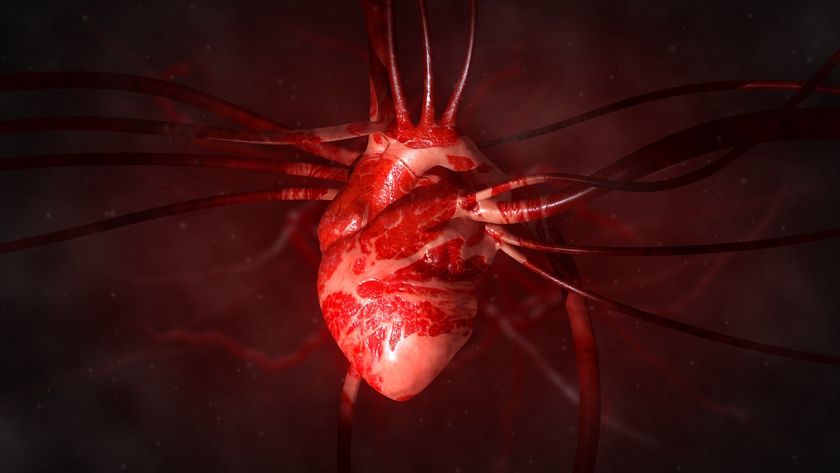Blood Mystery Solved
Hemoglobin is a protein in red blood cells that carries oxygen throughout the body, but if let loose outside these cells, it becomes toxic, and an excessive release is often seen in diseases, such as malaria.
To fight released hemoglobin's toxicity, the body has its own means of defense. The blood protein haptoglobin captures the escaped hemoglobin and whisks it away to a receptor that swallows them both.
For years scientists were stumped by the structure of the haptoglobin-hemoglobin complex, but now Danish researchers report in the journal Nature that they've finally mapped the protein compound. They said the map explains how the haptoglobin-hemoglobin complex forms and could further our understanding of red blood cells.
The scientists said they came to their discovery by way of a slaughterhouse.
"After many failing experiments, our breakthrough came when we gave up using human material and went to the local slaughterhouse to purchase pig blood," researcher Søren Kragh Moestrup, of Aarhus University in Denmark, said in a statement from the school. "Not a particular high-technological approach, but this transition from studying human blood to blood from a species with close homology had magic effects."
Follow LiveScience on Twitter @livescience. We're also on Facebook & Google+.
Sign up for the Live Science daily newsletter now
Get the world’s most fascinating discoveries delivered straight to your inbox.












